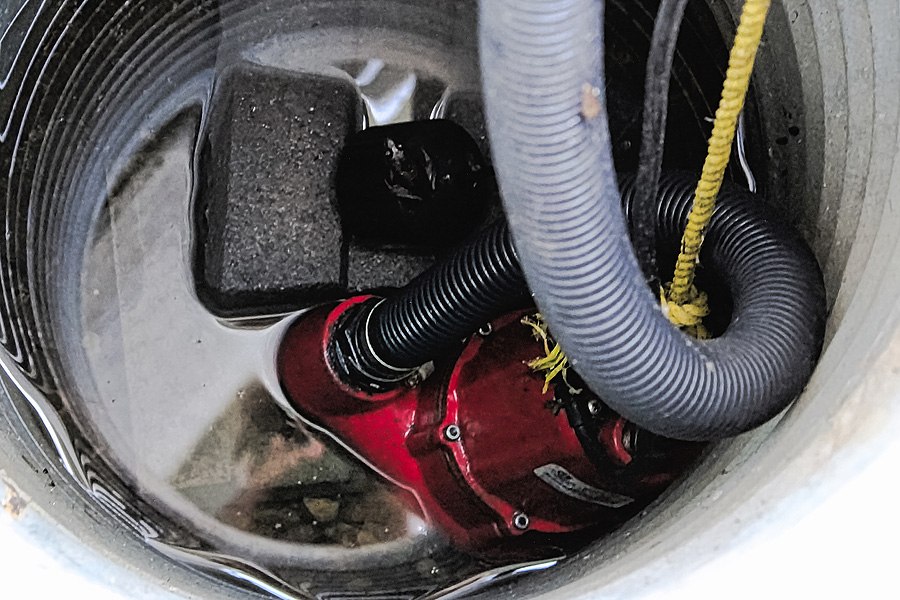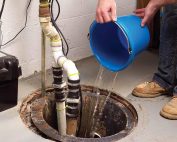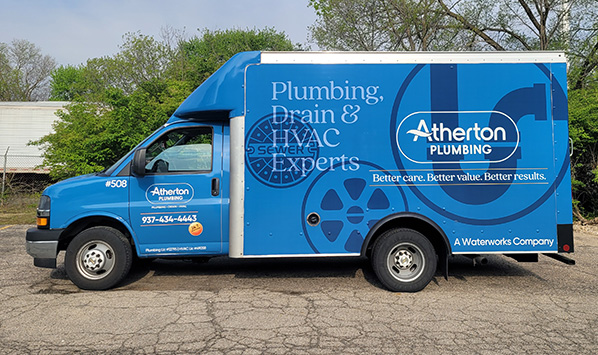
What to Look for in a Battery Backup Sump Pump
Whether as a replacement, or a complement, a battery backup sump pump can eliminate your hassles if:
- Power goes out and your main sump pump doesn’t work
- Main pump is exhausted
- The main pump’s control is jammed
- The rain or melting snow causes a rushing flood
Depending on your needs, you have two types of battery backup sump pumps to choose from: standard output or high output.
Benefits of a Standard-Output Backup Sump Pump
Standard-output sump pumps have DC systems, meaning the power comes straight from a 12 volt battery. So if the power in your home goes out, these sump pumps will still work. Some systems even have more than one battery, so you are protected even if the primary battery gets completely drained.
Use a Standard-Output Sump Pump if:
- Your main sump pump is 1/3 HP (horse power)
- Your main sump pump is 1/2 HP and it runs very infrequently when it’s raining
Benefits of a High-Output Backup Sump Pump
High output systems can pump a larger amount of water than standard-output systems. They also have both a battery-powered system and a traditionally powered AC system. These are handy when the problem is with your main sump pump, not the power.
Let’s say the control of your main sump pump is jammed, but electricity is still available. The backup pumps will rely on utility power instead of the battery. This will save the battery’s energy for when it’s really needed.
Some systems even have inverter systems. When the power goes out, the DC power in the batteries is converted into AC power and sparks the pump. As a result, it’s just like having a second main sump pump that can pump a similar high volume of water.
Use a high-output backup sump pump if:
- Your main sump pump is 3/4 HP
- Your main sump pump is 1/2 HP and it always runs when it’s raining
How to Determine What Type of Sump Pump You Have
If you don’t know the HP of your main sump pump, then look for the data plate on its body (sometimes on the cord). All pumps have this data plate.
Another thing to be aware of is your sump basin’s diameter. Normal sump basin has a 18″ diameter. If your basin is smaller than this, then you should look for a backup sump pump that can be mounted at a higher point in the basin.
Info courtesy of: http://www.sumppumpbatterybackupsys.com/. All Rights Reserved.
Search
Recent Posts
Plumbing emergency? We respond any time!










